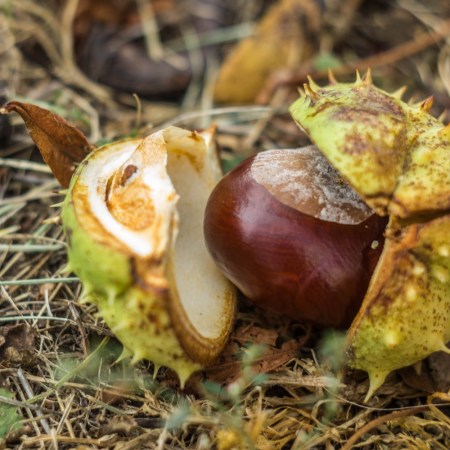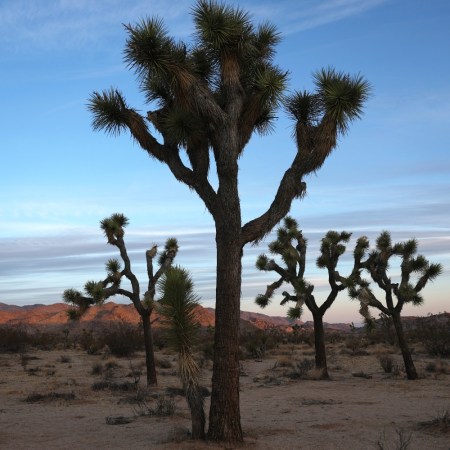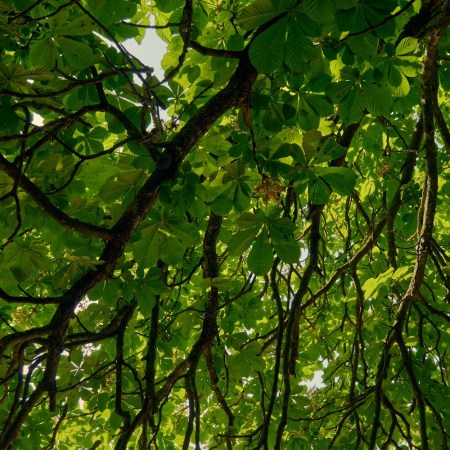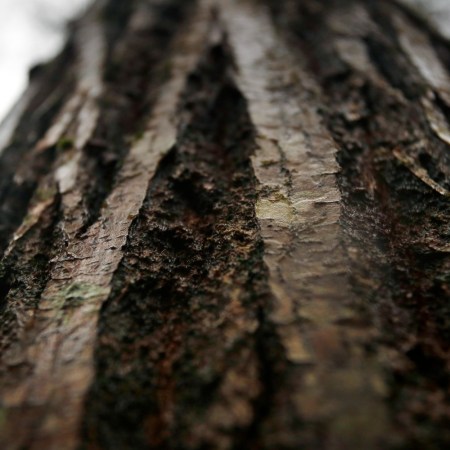Look at the website of nearly any organization dedicated to environmental preservation and you’ll find similar sentiments — namely, the challenges of keeping certain species alive and well. It’s a quandary that has a bearing on plenty of things, up to and including how best to design the man-made world so as not to interfere with the lives and habitats of endangered species.
It’s challenging enough to do these things when the species in question are known and cataloged. But what about the steps needed to preserve species that may no longer exist, or never existed in the first place?
That’s a question facing scientists searching for a species of oak tree called Quercus tardifolia. The tree was first documented by botanist and oak expert Cornelius Herman Muller in 1932. Since then, it’s proven more elusive — and an article by Marion Renault in The New Republic ponders a more existential question surrounding the tree in question. Specifically, does it exist at all?
The original tree that Muller found died about 10 years ago, and scientists have been unable to find another one nearby in Big Bend National Park. All of which led to the events covered in Renault’s article of a dedicated group of botanists meticulously searching for the elusive oak.
The whole article is well worth a read, both for the descriptions of how to accomplish a potentially impossible task and for the questions it raises about searching for rare or endangered species. Is there a limit to what humans can do? And what does that mean in terms of chronicling and conserving in the future?
Thanks for reading InsideHook. Sign up for our daily newsletter and be in the know.

















